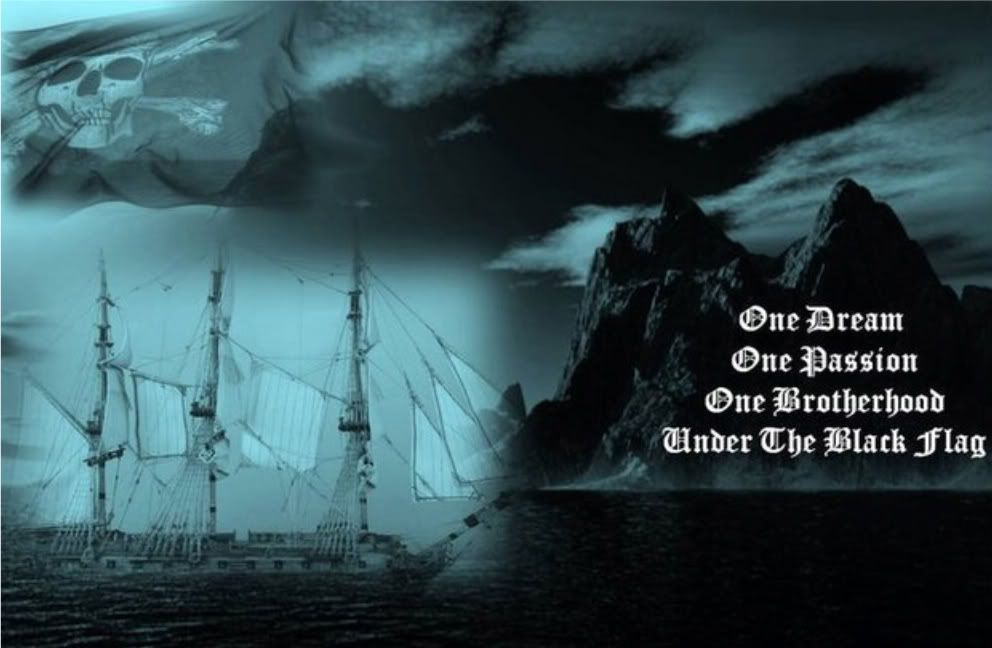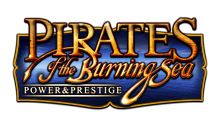Huguenot pirates in the 17th century
history, Huguenot pirates in the 17th century 4:06 π.μ.
| Huguenot sailors who had become pirates took an active part in the war against Spain. They did this for two reasons, firstly to help defeat Spain and secondly, to support the protestant cause. | ||||||
| British and French pirates |
| The treaty of Tordesillas on the 7th of June 1494 declared that lands lying beyond the Atlantic Ocean, whether discovered in the past or the future, were to be shared uniquely between Spain and Portugal. In addition, Pope Alexander VI gave his approval in a papal bull. This treaty did not receive the agreement of France or England and they were all the more offended by it because soon after this, the Spanish refused to allow any other nation to tradewith their American colonies. It was in such circumstances as this that both France and England allowed their corsairs to attack Spanish vessels in Europe and the West Indies, with the justification that they had letters giving official permission from their government, although these papers were sometimes false. Indeed, sometimes the politicians actively encouraged such ventures. |
 Home ports Home ports | |||
| The corsairs' territory on the French coast extended from Calais down to Spain and Portugal and even as far as the Azores and the Barbary states. In 1574 there were sixty privateering ships and fishing boats fitted out for war sailing in these waters. Many of the captains were Norman, coming from such ports as Fécamp, Dieppe and Yport who were grouped together at La Rochelle. This is where the « local » privateers embarked, unloading and negotiating their prizes captured at sea ; other privateers also came to this port with their captured vessels - 29 Spanish and Flemish ships were brought here in 1570 and 34 in 1571. Other ports such as Aunis and Saintonge also received privateers with their prizes. La Rochelle was also the base for activities of the Dutch corsairs (zélandais) in the service of the prince of Orange, called the « Sea Beggars ». William of Nassau was even there himself between 1571 and 1572. He greatly appreciated the French Protestant corsairs because they attacked Spanish vessels, thus depriving Philip II of the wealth coming from the New World ; this meant that the duke of Albi was not so well placed financially in his repression of the revolt in the Netherlands. These corsairs also intercepted food and ammunition destined for Spanish troops. |
 Financial aspects of privateering Financial aspects of privateering |
| During the religious wars, La Rochelle became a place of retreat for the protestant armies - it soon became necessary to maintain a permanent military fleet and the corsairs were not only used to fight against the Spanish but also to bring back supplies to guarantee the survival of the armies based in la Rochelle and also to contribute to the finances of « the (Protestant) cause ». Letters with an official stamp were given to the corsairs in the name of Jeanne d'Albret and the protestant princes. Coligny himself sometimes organized expeditions which he financed - in exchange, he received large sums of prize money. These letters had the advantage for the corsairs of making their military actions official and legal. They were supposed to protect them from being taken to court. The corsairs were enrolled in a « Sea Army » under the command of Sieur de la Tour, who was replaced after his death in Jarnac by Jacques de Sores. When the contents of the prize ships were put up for sale, one tenth of all regular goods was reserved for « the Admiral », that is to say, Henri de Navarre who also held the title of admiral. Another « tenth » was later reserved for « the Cause ». The money thus put on one side became a key source of income for the protestant party. |
T. Durand-Gasseli













